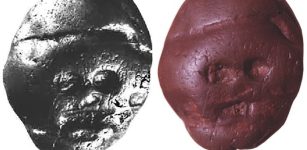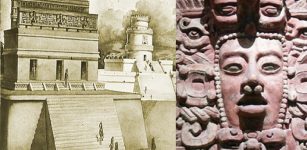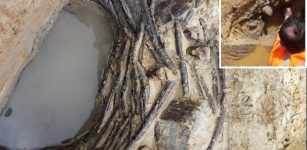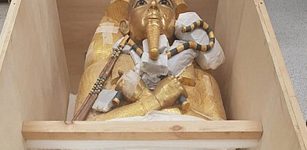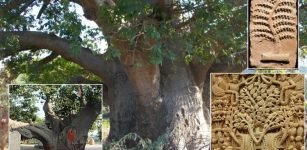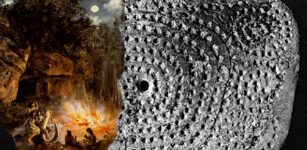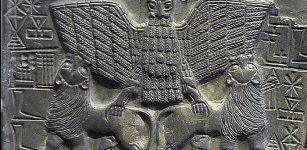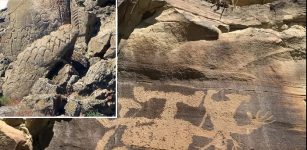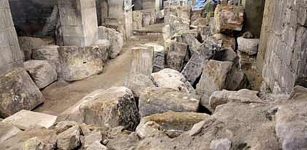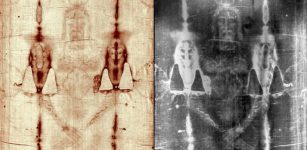Rare Archaeological Discoveries In The Sacred Animal Necropolis In Saqqara
Jan Bartek - AncientPages.com - Egypt is a land of great interest to anyone interested in archaeology and ancient history, but at present times the Coronavirus outbreak doesn’t allow us to admire the treasures of the land of the Pharaohs. However, we can still use online resources to learn more about archaeological findings in Egypt.
On their official website, Egypt’s Ministry of Tourism and Antiquities has told the public about some intriguing archaeological discoveries.
Credit: Egypt’s Ministry of Tourism and Antiquities
In the sacred animal necropolis in Saqqara, archaeologists have brought to light a beautifully decorated tomb of Wahti and the cachette of the sacred mummified birds and animals. Some of these animal mummies are very rare.
The latest discovery was at the bottom of an 11-meter-deep shaft where scientists uncovered five sealed stone coffins/sarcophagi, four niches in a room containing wooden coffins, and Late Period human burials were uncovered.
See also:
Daily Life Of Priests And Priestesses In Ancient Egypt
12 Ancient Egyptian Symbols Explained
City Of Sais: Prehistoric Prestigious Cult Center Of Northern Egypt
A massive anthropoid wooden coffin with hieroglyphs written in yellow pigment was discovered in one niche.
“We found several other artifacts around the coffin,” the ministry said.
“They included 365 faience Ushabti figurines, some of which bear hieroglyphs texts; a small wooden obelisk about 40 cm tall, all four of its sides bearing painted scenes depicting the deities Isis and Nephthys, and the deity Horus; wooden statues of the god Ptah-Sokar-Osiris; and three pottery canopic jars in which the viscera removed during mummification was kept, in addition to many other artifacts.”
Ushabti were servants who worked for their owners in the afterlife. Credit: Serge Ottaviani, CC BY-SA 3.0
According to archaeological expert Abdel-Rahman Rihan, the discovery should be dated to the late Pharaonic kingdom following the third transitional era and prior to the Ptolemaic Era, dating back to 332 B.C.
“Egyptian archaeologists do not all agree on the beginning of the late era. However, they do agree that it was around the late 25th Dynasty and before or during the 26th Dynasty,” Arab News reports.
Credit: Egypt’s Ministry of Tourism and Antiquities
The 25th Dynasty rulers were from Sudan, particularly Sudan’s northern area of Nabta, which was the capital of the kingdom of Kush in ancient times. The region is about 300 km from the capital Khartoum.
See also: More Archaeology News
“The discovery is certainly very important as it coincides with the expected inauguration of the Grand Egyptian Museum, which is at the top of the Egyptian state’s priorities after the coronavirus pandemic is over,” Rihan said.
The ministry was using technology to introduce its archaeological discoveries to the world, and these would be “awaiting visitors” after the pandemic ended, he said.
Written by Jan Bartek - AncientPages.com Staff Writer






